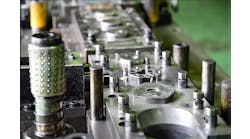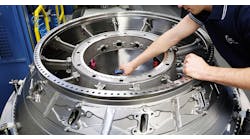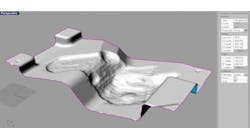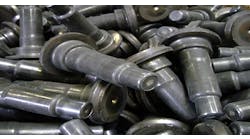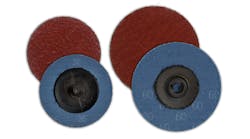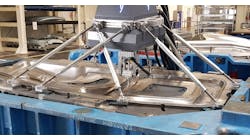For forgers or anyone operating MIG equipment, problems start at the drive rolls and run all the way to the tip. Effective delivery of filler metal and shielding gas can keep a good day rolling along.
Here are five techniques for optimizing performance.
MIG guns come in many different sizes and run a variety of diameters and types of wire. From mild steel to aluminum, tool steel to copper-based alloys, MIG welders today are used in every industrial sector—including essential die and tool repair at forging shops everywhere.
It doesn’t matter where it is found, whether in the robotics-rich environment of the automotive plant or in the neighbors' garage, the one thing they all have in common is the drive rolls, cable, and torch that deliver the filler metal and shielding gas (or not) to the area needing a weld.
Whether you are running a solid or flux-cored wire, shielded or open arc or even sub-arc, wire-feeding problems are encountered in all of these types of welding. You’ve run literally miles of wire through your gun flawlessly with just regular tip changes, and now it decides to act up.
One of the easiest ways to maintain good feeding characteristics, if everything else is right, is to use commonly available wire lube and cleaner, good for MIG and FCAW.
Another good idea for preserving the consumables (nozzle and tip) is nozzle dip. These products won’t correct for drive roll issues, worn liners or weak grounds, but when used according to the manufacturer’s recommendations and the above-mentioned tips, they will promote much longer component life, fewer feeding problems, and many more good days than bad ones.

